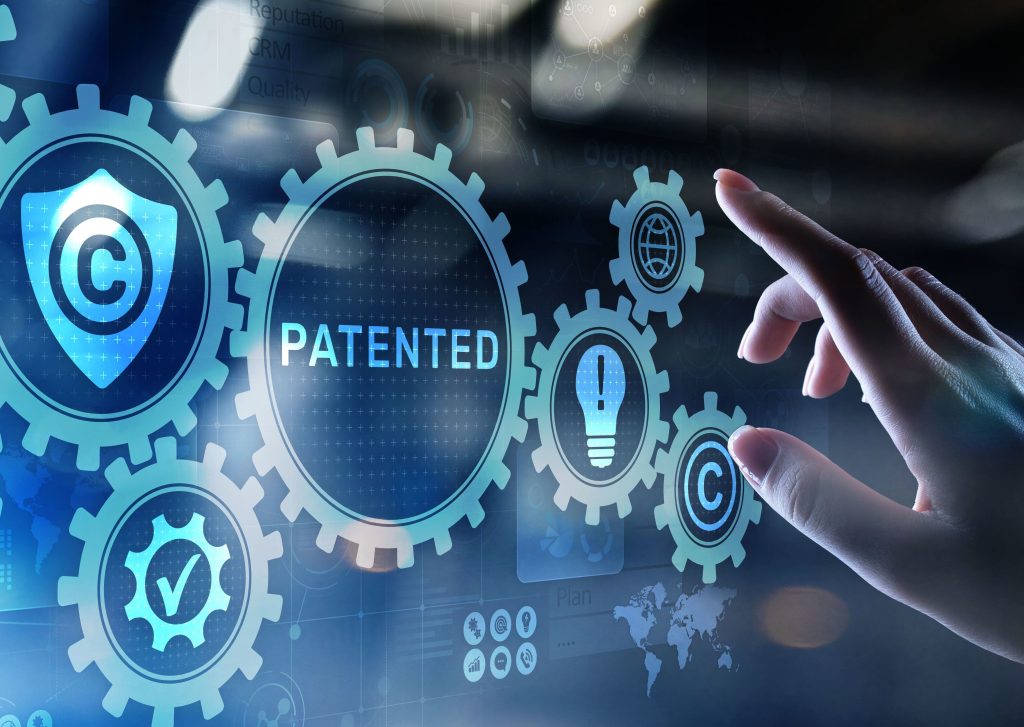In addition to the patent, there is another technical property right, the utility model, which in the past was also referred to as a “small patent”.
The utility model enables protection of technical inventions that are new, industrially applicable and based on an inventive step for a maximum protection period of 10 years. Methods are excluded to be protected by a utility model.
While the examination procedure for granting a patent often takes several years, a utility model can be registered just a few weeks after filing. Upon registration, the utility model becomes legally valid and gives you the same rights as a patent: exclusive right to use, produce and market your invention and you can prohibit any person from doing the same.
A utility model filed in parallel with a patent application makes sense, especially if you want to bring a product to market quickly. Unlike a patent application, a registered utility model allows you to prohibit third parties from using the invention before the patent is granted, provided that the invention is protectable. Advantageously, in the case of parallel filing, the patent application and utility model are not linked to each other, i.e. if you withdraw the patent application (e.g. after a negative decision) even before publication, nobody will know that you have filed a patent application – the utility model can remain in existence.
A utility model can also be generated from an existing patent application. This so-called utility model splitting off is particularly useful if you already have a positive search report or Office Action, but the patent grant is still some months or even longer away.
It should be noted that the German Patent and Trade Mark Office (DPMA) will not examine a utility model application for novelty, inventive step and industrial applicability. An examination of the utility model will only take place if you derive rights from the utility model vis-à-vis third parties in infringement proceedings or if third parties file a fee-based request for cancellation against the registered utility model. Even though the cost risk in utility model cancellation proceedings is quite low compared to patent revocation proceedings, a thorough search, for example by a patent attorney, is recommended prior to filing a utility model application in order to assess the legal validity of the utility model. An official assessment of the protectability of the utility model can be requested by filing a fee-based search request (250 € official fees) with the German Patent and Trademark Office (DPMA). This search is carried out with the same quality in which patents are examined. The result of this search can then also be viewed by third parties in the register.
Another advantage of the utility model compared to the patent application is the grace period: If you apply for your utility model within six months after your own use or publication of the subject matter to be protected, your own use or publication is not considered as state of the art for your utility model application. Also the use abroad does not prevent a utility model. This gives you the opportunity to obtain protection even at short notice, e.g. after a successful trade fair presentation of the subject matter.
You are also entitled to a priority right for your utility model of 12 months analogous to patent law for subsequent applications, e.g. applications in other countries. However, if the grace period is used, a subsequent application is only possible in a few countries.
Another advantage of the utility model is that claims can be adapted quickly and informally to a potential form of infringement and can be asserted as a splitting off during the still ongoing examination proceedings of a patent. Therefore, the utility model offers itself as an essential strategic tool for potential infringement disputes.
Feel free to contact us if you would like advice on a possible utility model application.
